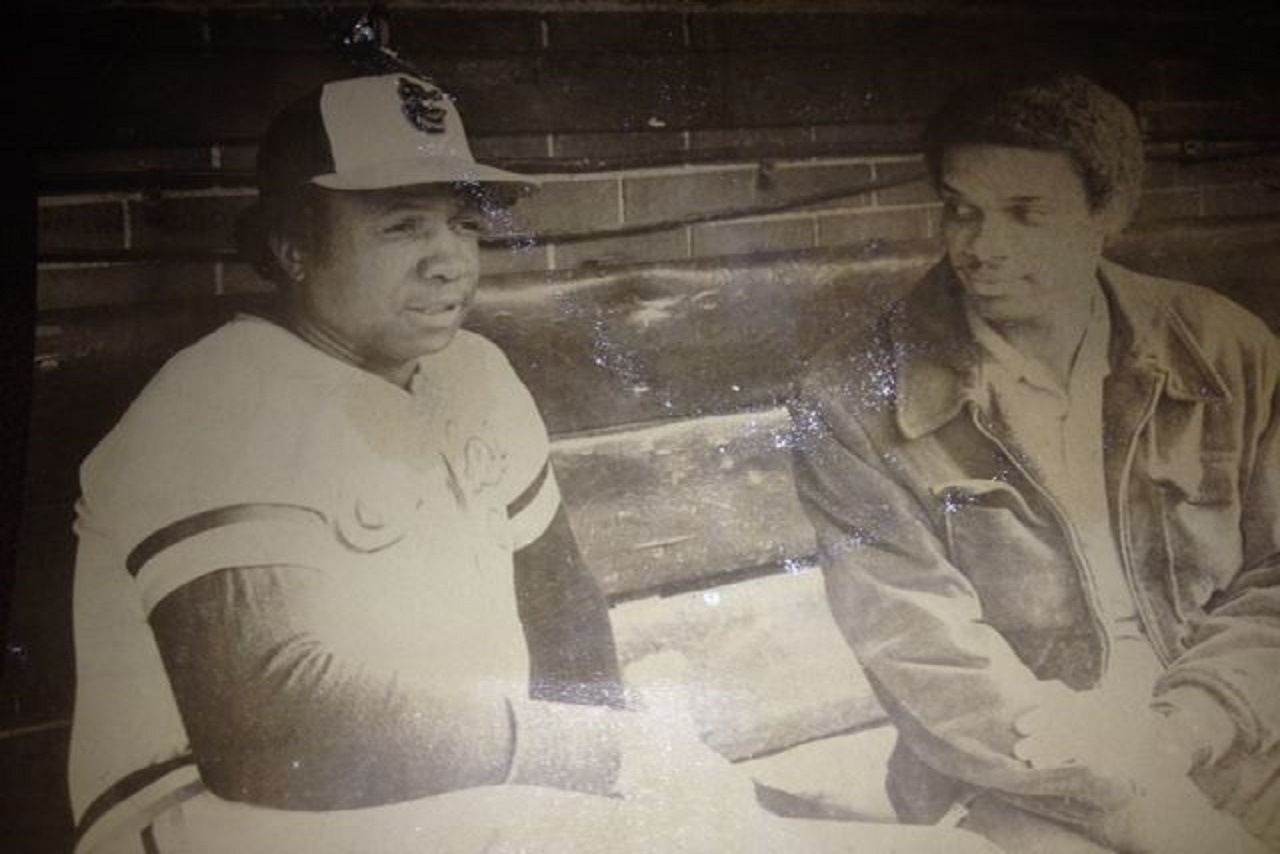All Ray Richardson ’77 wanted to do was prove to editors at The Vidette that he could write.
Devouring Chicago Sun-Times’ sports pages since he could remember, Richardson was a second-semester freshman who was looking to break into a beat at Illinois State’s student newspaper.
Higher-ups told him to pick a topic to write about, mainly so they could get a sense of his voice and ability. Richardson, who is believed to be the first African American sports writer to ever join the staff, chose to write a column about the lack of black managers in Major League Baseball at that particular time.
Not-so-flowery feedback shortly followed.
“I was told that they got some letters, had some comments,” Richardson said. “It wasn’t like it was a badly written story. It wasn’t about that. There were just some people who didn’t appreciate the topic.”
One such letter, published in the paper on November 1, 1974, argued that equality in sports should not be written about in the sports section and asked, “Why can’t Richardson’s articles look at sports as competition between men, not as black vs. white?”
Richardson even recalled being confronted by a white student in the dorms.
“It took me a while to get past that,” Richardson said.
His love of writing eventually drowned out the noise, and his time covering sports at The Vidette launched a long journalism career. He spent more than 30 years traveling the country for large-market newspapers covering professional and major college athletics.
Richardson was a longtime beat writer chronicling the Minnesota Timberwolves for St. Paul’s Pioneer Press. He retired there in 2013. Right after graduation, Richardson wrote for the The Chicago Defender and would later move to the Phoenix Gazette. There he covered his first of four NCAA basketball Final Fours, documenting the University of Arizona’s 1988 run to the men’s basketball national semifinals.
He gained valuable experience covering sports from tennis to basketball at Illinois State. While his presence in the sports department was new territory for The Vidette, Richardson’s background as a black student from the South Side of Chicago gave him an opportunity to connect with minority athletes, such as men’s basketball player Randy Henry ’76.
“I thought he brought an interesting side because he could feel what we were feeling as players out there and what was going on,” said Henry, a TV-10 Hall of Fame member who is now a producer at WDIV-TV Local 4 in Detroit. “It was really nice to have a guy like that come in and ask you questions about the game, and being somebody you thought was going to be listening to you.”
Jon Perkins, who also has had a career in media that included a long stay at the Cincinnati Enquirer, was a copy editor and fellow African American employee at The Vidette during Richardson’s tenure. Perkins recalled how Richardson’s insight into student-athletes from the inner city brought a new dimension of coverage to The Vidette.
“Often it seems reporters from different backgrounds from some athletes have a harsh view of some behaviors,” Perkins said. “For instance, some flamboyant and aggressive white athletes are called colorful. Some flamboyant and aggressive black athletes are seen as having a bad attitude.”
According to a 2016 article in the Columbia Journalism Review, a study done by the Associate Press Sports Editors Racial and Gender Report Card evaluated demographics of more than 100 sports desks at newspapers and websites. In its findings, 92 percent of sports editors, 84 percent of columnist, and 85 percent of reporters were white.
While Richardson said there has been progress, there’s still a long way to go. Richardson has served on the Sports Task Force of the National Association of Black Journalists and has spent a great deal of effort trying to diversify newsrooms across the country.

Ray Richardson talks with Baltimore Orioles’ manager Frank Robinson at Chicago’s Comiskey Park during the 1979 season. (Photo by Brian Jackson)
As some professional sports have increasingly become more global, sports desks are realizing the need to hire from a more diverse candidate pool in order for reporters to be more connected to the athletes whom they are covering. In the NBA, for example, an ethnic breakdown showed that 80 percent of its players are people of color. More and more minority reporters are breaking in to cover that league, including Richardson’s son, Shandel, who covers the Miami Heat for SI.com.
“I think a lot of sports editors realized you need a lot of diversity on your staffs to try and help cover these teams,” Richardson said. “For a lot of us, that was our way to get in on a major assignment and show our skills.”
Richardson is now an on-air personality at KMOJ-FM in Minneapolis-St. Paul. When he was at Illinois State, he didn’t see himself as a pioneer. He was just a student with a professional goal in mind. But as Richardson’s career has progressed, he’s become more aware of the road he paved at Illinois State and for aspiring sports writers from underrepresented groups.
“In a way, I was trying to build my own career and my own self-worth and also show that, ‘Hey, we can do this like anybody else can,’” he said. “I would hope that what I did paved the way for others to come behind.”


What a incredible story of determination and courage to fight for your place in a industry that is not always open to diversity. So very proud of my brother’s courage to fight for his place to do what he is passionate about. Our Dad would be so proud Ray.??????
All this time, I didn’t know that I was in the presence of a trailblazer. It doesn’t surprise me brother, you always had vision. We must toast to this when we meet again.
You do Maple Park proud!